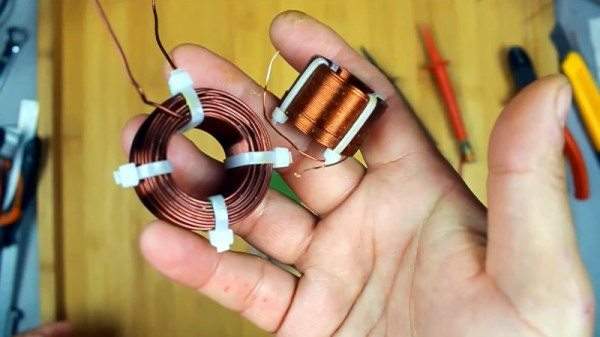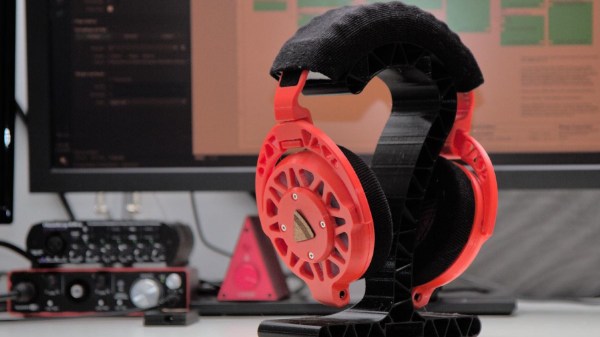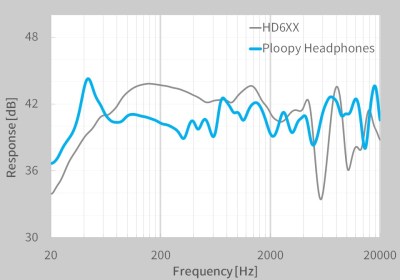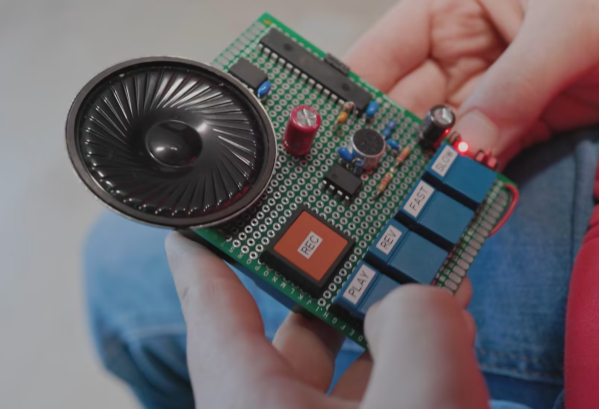There’s something rewarding about building your own DIY audio hardware. Knowing you put it together yourself gives you faith in the construction, and psychosomatically makes the music sound all that much sweeter. If you’re into that kind of thing, you might like to give [Eric Sorensen’s] Denmark amplifier module a look.
The amplifier is intended to be used in a 3-way system, running a subwoofer, woofer, and tweeter. It uses a 1000 W ICEpower module to run the subwoofer, with a pair of 500W ICEpower modules to run the woofer and tweeter respectively. Meanwhile, a MiniDSP 2x4HD is used to accept optical audio input. It also offers digital signal processing and serves as a crossover to split the signal across the three speakers. An STM32F401 is used to run the show, controlling all the various modules and the necessary status LEDs. It’s a feature-rich build, too, with overtemperature monitoring, fan control, and clipping warnings built in.
The whole setup is built on to a sturdy aluminium backplate. The CNC-machined panel has simple tactile buttons for control. There’s also a nifty use of clear PETG 3D printer filament as a light pipe for LEDs. It’s effective, and it looks great. The whole module is designed to slide into the bottom of a 3-way speaker housing like a drawer.
Overall, if you’re building a big set of 3-way speakers, you might find the Denmark amplifier module is perfect for your needs. Alternatively, you could experiment with a different kind of speaker entirely. Video after the break.
Continue reading “A Feature-Rich Amplifier Module For 3-Way Speaker Builds”


















